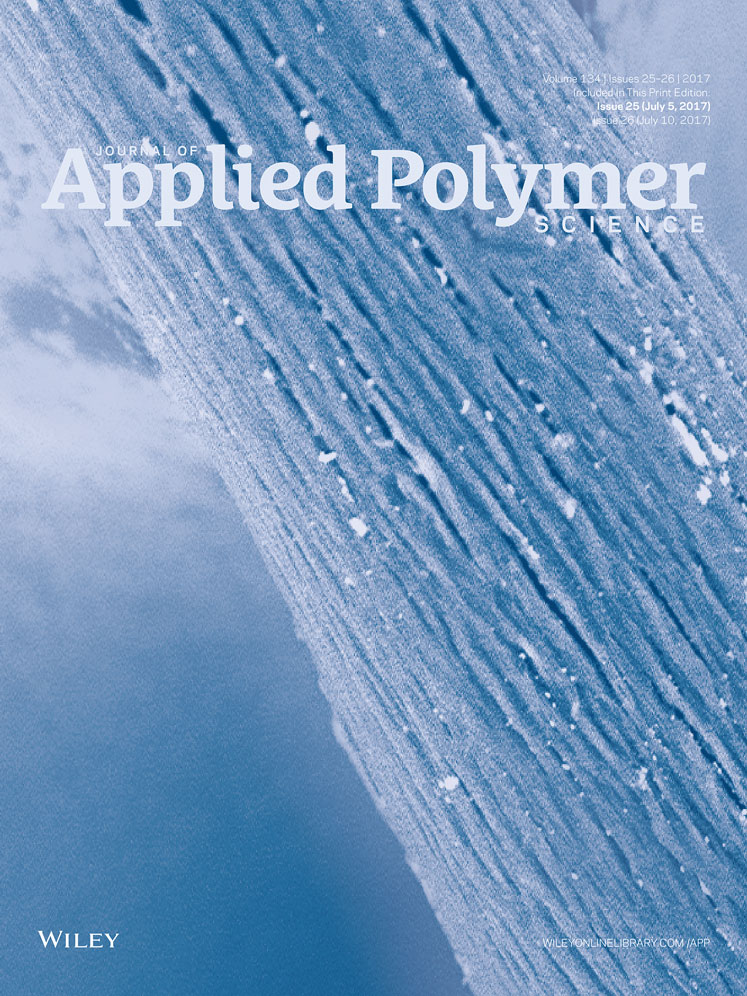Interforce initiated by magnetic nanoparticles for reducing internal concentration polarization in CTA forward osmosis membrane
ABSTRACT
The interforce between the magnetic composite forward osmosis (FO) membranes and the magnetic draw solution was proposed to reduce the internal concentration polarization (ICP) of FO process, and realized the synergetic permeability improvement of resultant FO membranes. The key factor was the successful fabrication of the Fe3O4 magnetic nanoparticles (MNPs) with small-size and narrow distribution via co-precipitation method. The cellulose triacetate (CTA) magnetic composite FO membranes were fabricated using Fe3O4 as additive via in situ interfacial polymerization, and named CTA-Fe3O4. Dynamic light scattering (DLS) and zeta results showed that the coated sodium oleate on the MNPs explained their reducing aggregation and the stability of various pHs. The MNPs' surface segregation during demixing process resulted in the improvement of hydrophilicity, Fe content and roughness of resultant CTA-Fe3O4 composite FO membranes. Furthermore, the in situ interfacial polymerization resulted in the formation of the polyamide selective layer, and the CTA-Fe3O4 membrane's N content was 11.02% to 11.12%. The permeability properties (FO and pressure retarded osmosis modules) were characterized using 1.0M NaCl and 100 mg/L Fe3O4 as draw solutions, respectively. The results indicated that the higher concentration of MNPs supplied more interforce and better FO permeability properties. © 2017 Wiley Periodicals, Inc. J. Appl. Polym. Sci. 2017, 134, 44852.




